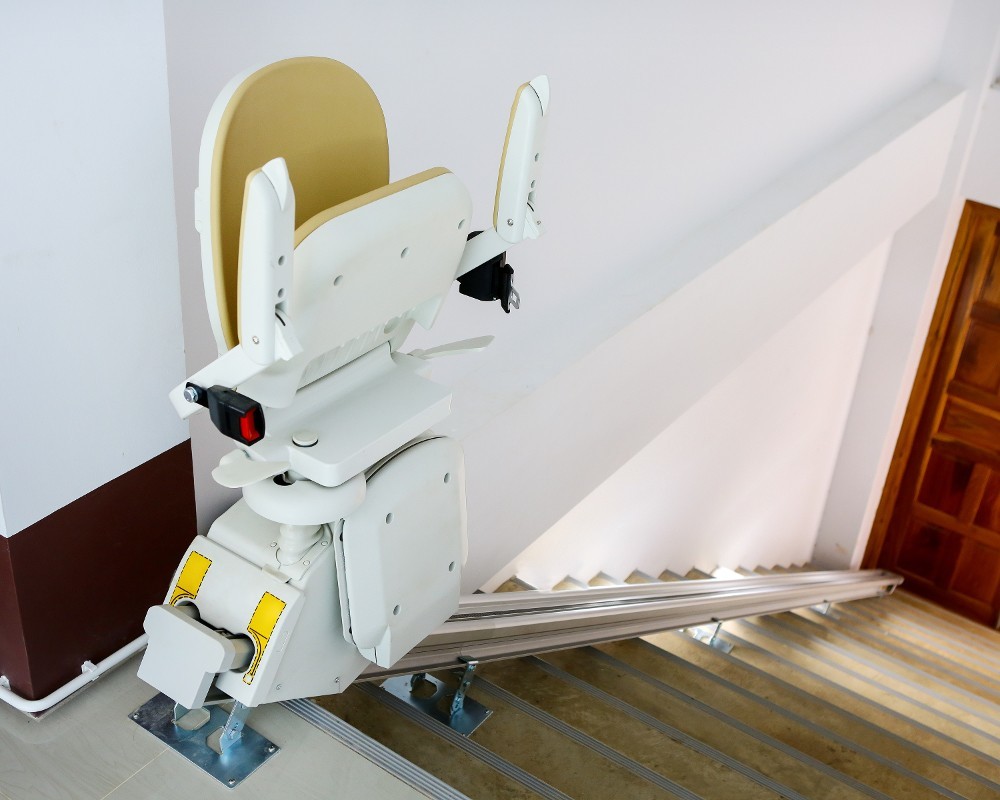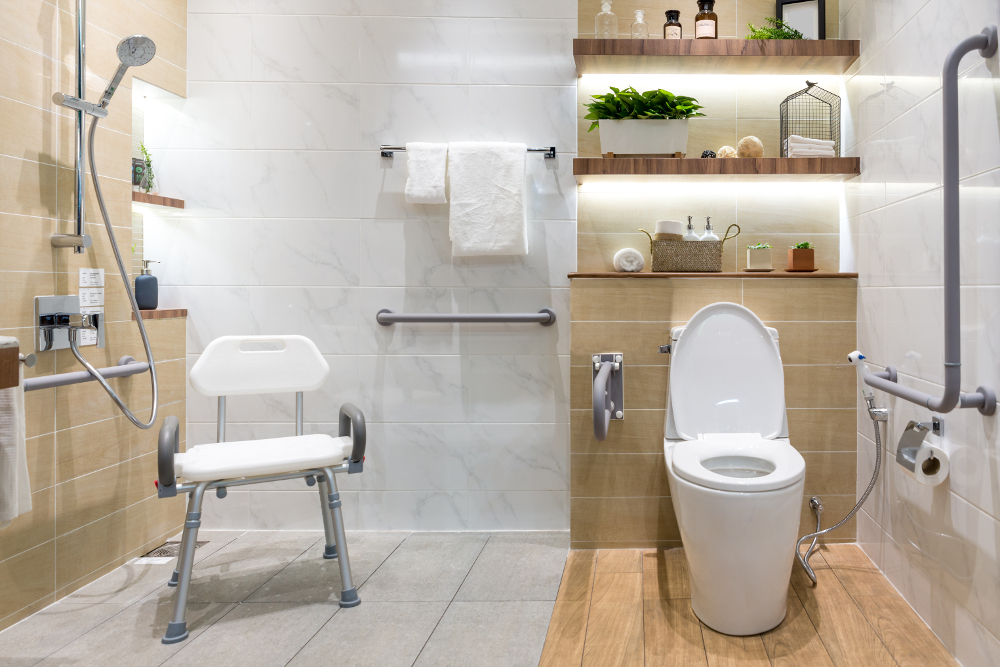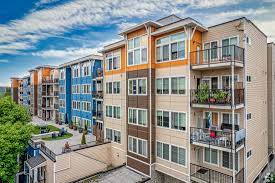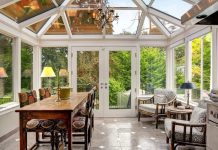In residential buildings and common areas the main problem is access to the propertyfrom the street. In fact, more than 6 out of 10 homes have stairs or steps that make access difficult for people with mobility problems, only 3 out of 10 buildings have a ramp and up to 22% do not have a lift.

Inside the houses there are also difficulties for people with reduced mobility, which forces 28% of families to carry out works to adapt the house to their needs. The bathroom is the room that requires the most adaptations, while the bedrooms and kitchens are reformed the least.
What is accessible housing
An accessible home is one that adapts to the needs of the people who live in it and, therefore, does not have architectural barriers that make access difficult . How is the housing accessible? An accessible home has been designed following universal accessibility criteria so that people with reduced mobility or some type of physical or sensory disability can live.
The regulations require that newly constructed buildings be accessible , especially entrances and common areas (stairs, landings, garages, patios). But buildings that are more than 25 years old are not accessible, which requires reforms to improve accessibility.
requirements
The requirements that accessible housing must meet begin in the building with the installation of ramps, elevators and platforms that facilitate mobility.
- The entrance doors to the house and to the main rooms must be 80 cm wide , so that a wheelchair can pass without difficulty. The installation of sliding doors greatly facilitates accessibility.
- The corridors must have a width of at least 90 cm and be able to make a circle of 120 cm in front of the entrance door and in the kitchen and bathroom access.
- The wall handles must be located at a suitable distance , which allows them to be used to maintain balance.
- Plugs and furniture must be adapted to a height between 0.4 and 1.40 meters high, which is the reach of a person in a wheelchair. The kitchen counter or bathroom sink must not exceed 85 cm in height.
- It must be possible to access the sink from the front and the shower from the side. The sink must have a free height below 65 cm to allow access.
- The shower must have support and restraint barriers , in addition to having a seat or bench inside.
- Floors must be non-slip and in bathrooms and kitchens even when wet.
It is also possible to connect the lighting in the house with the doorbell in homes where people with hearing problems live.
Normative
There are several legal texts that address accessibility from different perspectives. General Law on the rights of people with disabilities and their social inclusion (see legal text ) is the regulation that includes the basic conditions of universal accessibility. The Technical Building Code establishes the technical requirements that buildings must meet to ensure their habitability, establishing how accessibility conditions in buildings must be adapted. The Horizontal Property Law includes in its articles the obligation to carry out works to improve accessibility
when requested by people with disabilities or over 70 years of age, provided that they do not cost more than the annual budget for common expenses.
Types of limitations for which a home must be adapted
visuals
Blind people need to incorporate braille in the elevator to be able to identify the floor and have common areas free of obstacles. Inside the house it is advisable to have the furniture attached to the walls to eliminate obstacles, in the kitchen it is advisable to have smoke and gas sensors and water leaks with acoustic alarms.
acoustics
Hearing loss in people requires making adaptations in homes in which acoustic signals are replaced by light signals , for example, the doorbell or clock alarms. Vibrating alarms can also be used .
Mobility
Mobility disability requires the adoption of measures to facilitate accessibility in common areas, with the installation of ramps and lifts and houses suitable for wheelchairs.
How much does it cost to make a home accessible?
The average price of reforms to adapt a home for people with disabilities is around €3,500 according to Habitissimo. The cheapest price does not reach €2,000 and the most expensive reaches €5,000. This is an indicative price because everything depends on the reforms that are made and the quality of the materials.

Adapting a complete bathroom can cost €3,500, the most common reform being the replacement of the bathtub with a shower tray to improve accessibility; while the adaptation of the kitchen can reach €5,000. Putting non-slip flooring throughout the house costs about €3,500.
In addition, home automation contributes to improving accessibility for people with disabilities, which is why it becomes essential in an accessible home. Security systems are installed with centralized remote assistance equipment that responds to any unforeseen event that occurs in the house.
It is also recommended to install the lighting system with presence detectorto avoid having to use the switches, since the light turns on and off as people pass by.
The automation of the opening and closing of doors, windows and shutters is another of the ideal home automation systems for an accessible home because it avoids having to do it manually and increases security.
In the adapted bathroom, you can install single-lever faucets with motion sensors that are activated by simply bringing your hands closer without having to open and close them.
Lastly, there is an aid program for improving the accessibility of housing included in the Housing Plan that is managed by each autonomous community.



